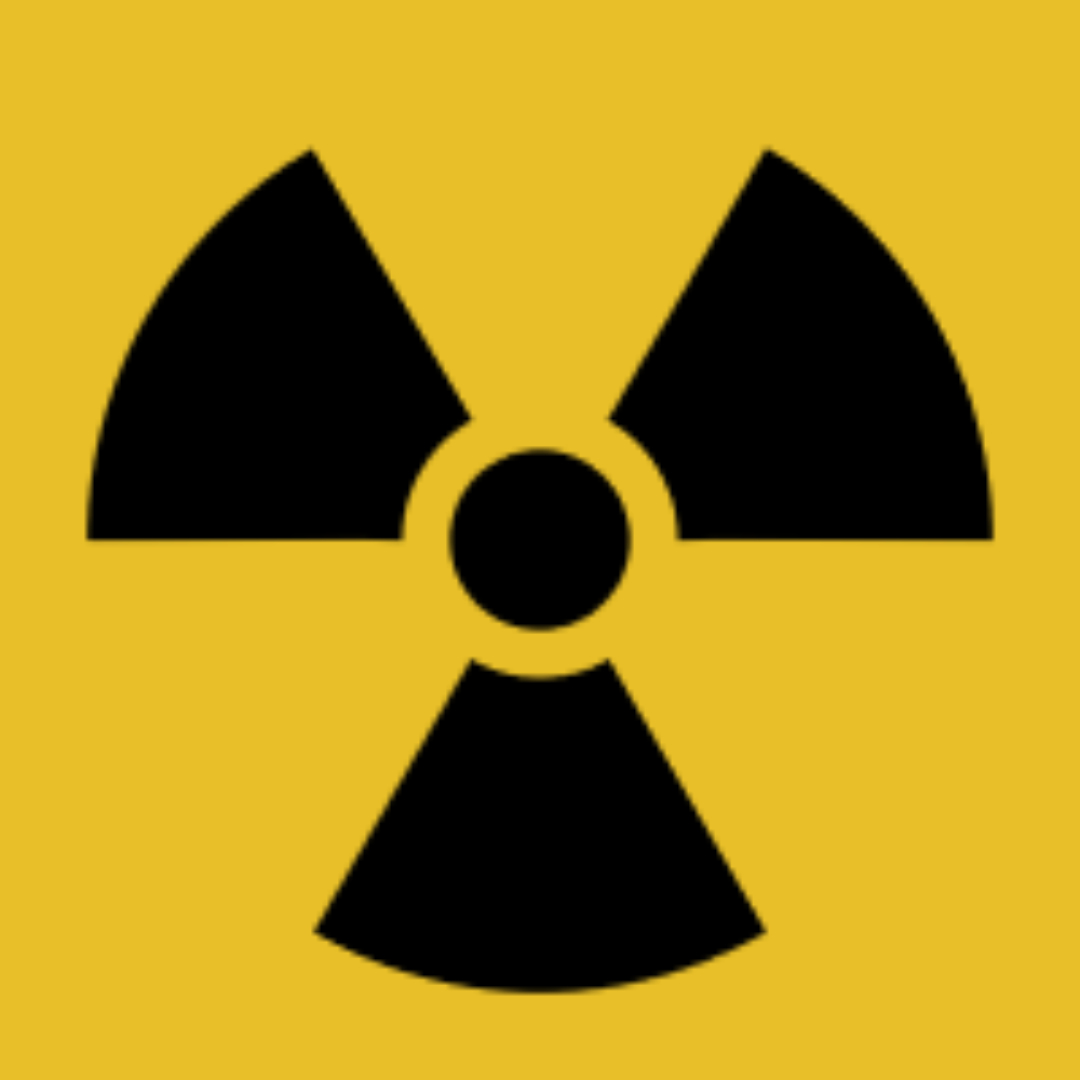
PHS Bureau of Radiological Health was transferred to FDA
In 1971, the Public Health Service (PHS) Bureau of Radiological Health was transferred to U.S. Food and Drug Administration (FDA). Its mission: protection against unnecessary human exposure to radiation from electronic products in the home, industry, and the healing arts.
But medical devices haven’t always come under such scrutiny. In fact, it wasn’t until the late 1970s that the FDA actually gained authority to pre- approve medical devices under the 1976 Medical Device Amendments. This law joined a separate law already in existence, the Radiation Control for Health and Safety Act of 1968, which authorized the agency to reduce unnecessary radiation from medical and non-medical electronic products.
Additional laws have, over time, mandated the reporting of adverse reactions to medical devices, post-market monitoring of implants and other devices that pose a serious health risk, recall of dangerous medical devices, and certification and annual inspection of mammography facilities.
The Safe Medical Devices Act (SMDA) was passed in 1990, and represents the first reform of medical device law since the 1976 amendments. This law modified the amendments to give the public greater protection against dangerous medical devices.
Specifically, the SMDA requires nursing homes, hospitals, and other health care facilities that use medical devices to report to the FDA incidents suggesting that a medical device probably caused or contributed to a patient’s death, serious illness, or serious injury. Manufacturers are now required to conduct post-market surveillance on permanently implanted devices whose failure might cause serious harm or death, and to establish methods for tracing and locating patients who depend on such devices. The SMDA authorizes the FDA to order device product recalls and other actions.
Tags:
Source: U.S. Food and Drug Administration
Credit:
